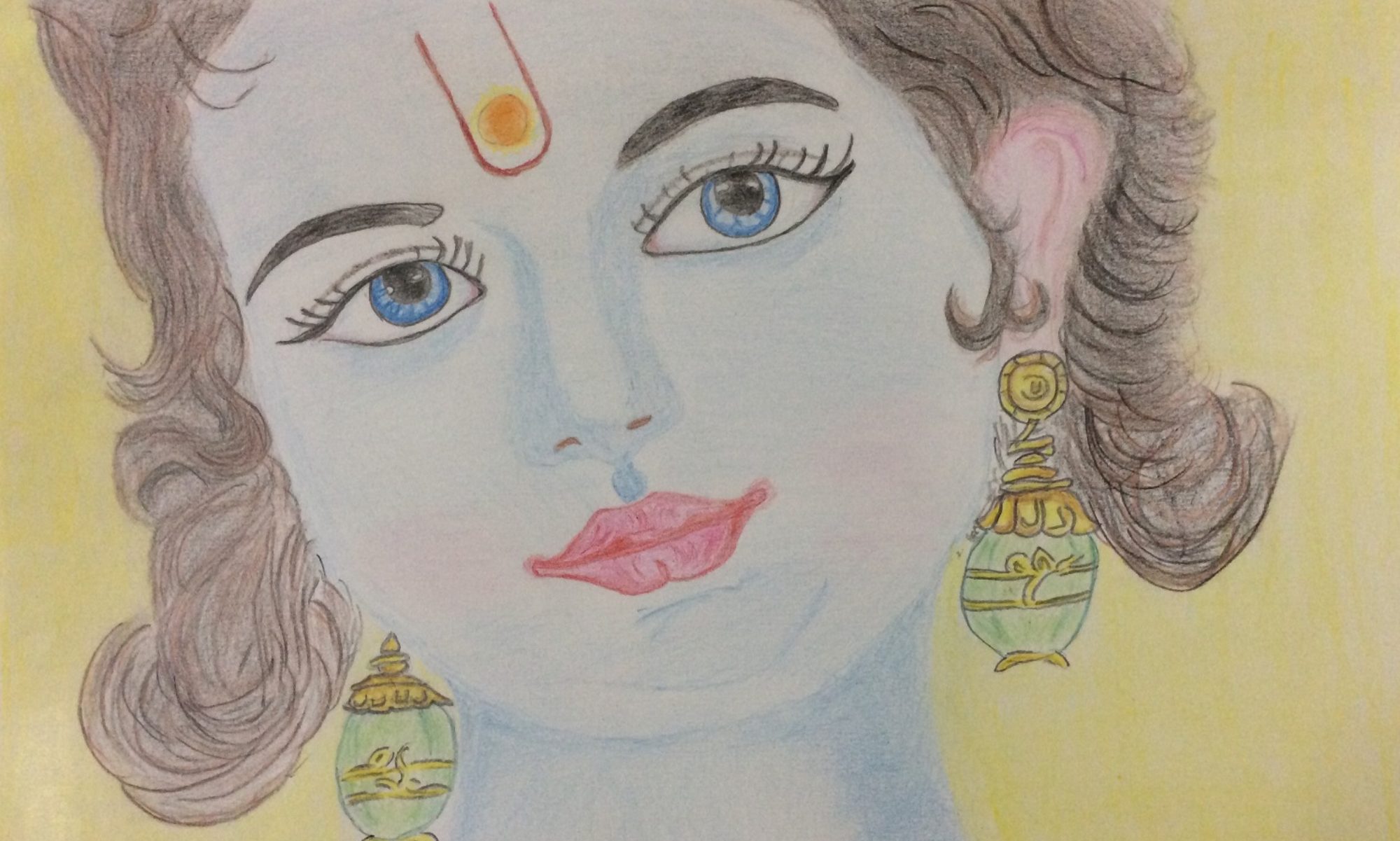Ever since our birth, we are constantly striving to meet various objectives in our life. Education, career, marriage, progeny, wealth, power, recognition and so on. This list is endless! However, the Hindu scriptures classify all our endeavours into four distinct types. These four types, effectively summarise all our life’s efforts, activities.
We strive for 4 basic goals or ‘purposes’ in our life. These four goals of mankind are called as ‘Purusharthas’:
- Dharma (Our basic Duties, ethics, values /character)
- Artha (Material Possessions – Wealth, Property, Career, Power etc.)
- Kama (Desires of various kinds)
- Moksha (Liberation)
All through our life, we are driven by one or more of the Purusharthas. Based on each one’s nature we may be driven more by our Desires (Kama), or Artha (Material needs) etc.
Purusharthas have long been depicted in our culture and rituals by various Mudras or ‘Hand Gestures’. Specially in Yoga asanas, the mudras are used to channel our energies appropriately in the direction of the Purushartha that we intend to achieve. In Yoga Mudras, the thumb signifies the ‘Self or our Ego’. Each of the 4 fingers signify respectively one of the 4 Purusharthas:
- The Forefinger or the Index finger represents “Moksha”
- The Middle finger represents “Artha”
- The Ring finger represents “Dharma”
- The Little finger represents “Kama”
The Gnyana Mudra is popularly used in several of our Yoga asanas , which is formed by joining the forefinger and the thumb . It channels all our energy towards knowledge and enlightenment and leads us towards Moksha.

Ring Finger – Signifying Dharma 
Gnyaan Mudra
Likewise, the wedding Ring in the Hindu culture is always worn on the ring finger. Marriage is considered one of the essential Dharma (duty to be fulfilled), in our life and thus the ring is worn always in the ‘ring finger’. The ring signifies we are bound to our duties / Dharma in life & channels energies in that direction.
The four purposes or goals of life in each of the sphere of Dharma, Artha, Kama, Moksha have a very strong relevance from an astrological standpoint. In astrology, the twelve houses or Bhavas are divided into four sets of Trines or Trikonas, each representing one aspect of the Purushartha. Trikonas or Trines are houses separated by 120o each. These houses form a Triangle, with the first house forming the seed or the resources; the effort or the focus of activities, and the last of the trine giving the results or gains.
| Trines | Seed | Effort / Direction | Gains / Results |
|---|---|---|---|
| Dharma Trikonas | 1st House / Lagna The physical body / Self | 5th House One’s Inherent Abilities, Talents, Intelligence | 9th House Fortunes, Ethics, Character, Duties (Also Father & Guru) |
| Artha Trikonas | 2nd House Wealth, Speech, Resources, Family | 6th House Obstacles, Challenges, Efforts, Strife, Service, Employment | 10th House Profession, Career, Occupation and Achievements in them |
| Kama Trikonas | 3rd House Communication, Drive, Initiatives, Motivations, Courage | 7th House Spouse, Relationships, Love Life | 11th House Gains, Profits, Friendships, Elder Siblings |
| Moksha Trikonas | 4th House Peace & Happiness, Education, Mother, Emotions | 8th House Difficulties, Occult Studies, Secret or Hidden Knowledge | 12th House Liberation, Moksha, End of Activities, Giving-up, Donating or Losses |
Each of the Trines can be effectively used in Astrological predictions to gauge a particular aspect of the Purusharthas. Astrology also allows us to judge a nature of an individual & to estimate those aspects of the Purusharthas which dominate and drive the individual more than some of the others. Thus one may be more driven by Artha (Career, Wealth, Position) rather than the others, whereas another person maybe more Dharma driven. A strong Moksha centric individual may decide to give up everything else in life to achieve Moksha or Liberation.
This article was an attempt to educate the reader about the concept of Purusharthas.

